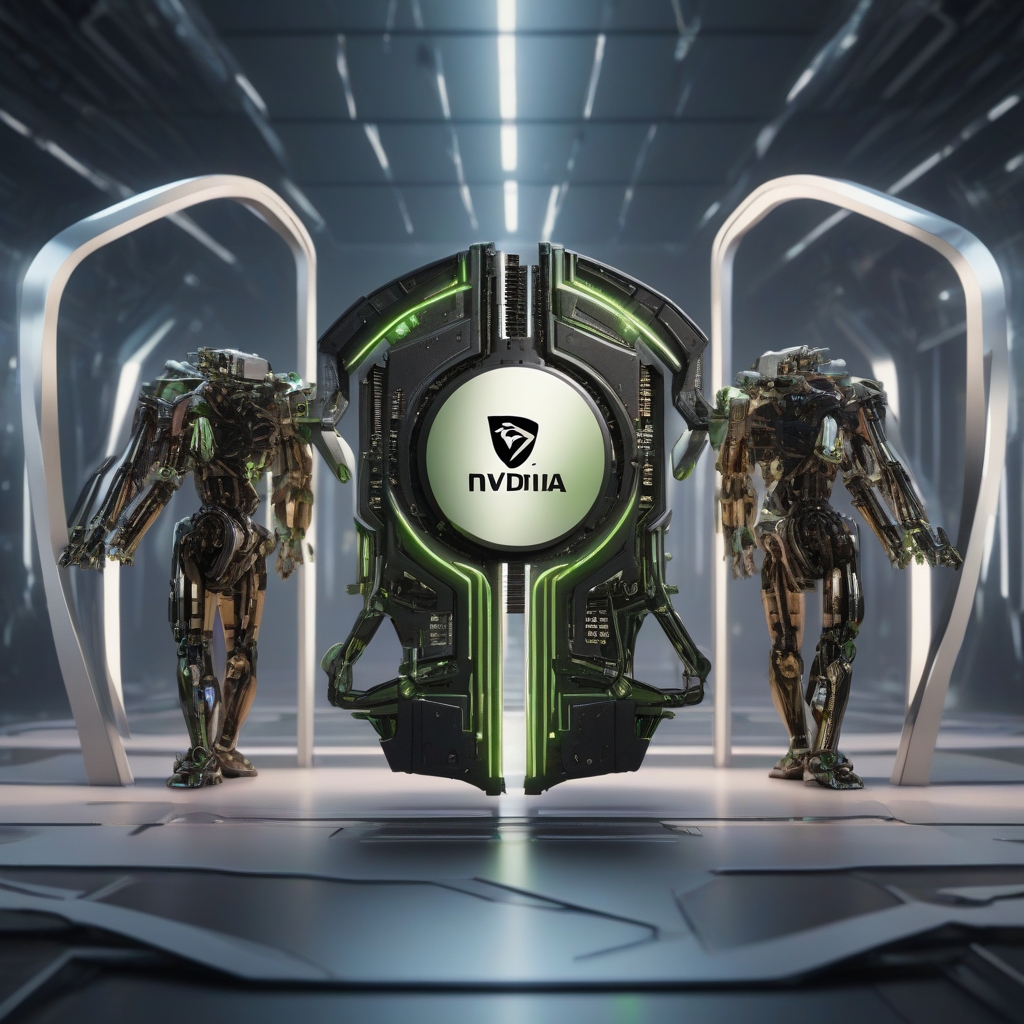The Rise of AI Models in Recent Years
Artificial Intelligence has been on a meteoric rise, capturing the attention of tech enthusiasts, businesses, and the general public alike. At the forefront of this revolution are advanced AI models that promise to transform industries, streamline operations, and elevate user experiences. Two of the most talked-about models in recent times are Nvidia’s NVLM and OpenAI’s GPT-4o.
An Introduction to Nvidia NVLM and GPT-4o
Nvidia, a pioneering force in the technology sector, has unveiled its latest offering in AI: the NVLM (NVIDIA Large Model). On the other hand, OpenAI continues to push the envelope with its GPT-4o, a sequel to its highly successful GPT-3.
Nvidia NVLM
The NVLM is Nvidia’s foray into the realm of large-scale natural language processing (NLP). Known for its prowess in graphics and computation, Nvidia leverages its extensive hardware and software expertise to create a model that not only competes but aims to surpass existing solutions. Key attributes of Nvidia NVLM include:
- Advanced Computation: Utilizing state-of-the-art GPUs, NVLM can handle vast amounts of data with impressive speed and accuracy.
- Optimized Performance: Designed to work seamlessly with Nvidia’s ecosystem, ensuring smooth integration and performance enhancement.
- Expansive Potential: Applications ranging from chatbots, sentiment analysis, and beyond are well within its wheelhouse.
GPT-4o by OpenAI
GPT-4o continues the legacy of OpenAI’s groundbreaking GPT series. Known for its natural language understanding and generation, GPT-4o promises enhanced performance and deeper insights:
- Improved Language Understanding: With an enhanced model architecture, GPT-4o delivers more accurate and contextually relevant responses.
- Versatile Applications: Suitable for diverse applications from creative writing to complex data analysis.
- Community Driven: As part of the OpenAI family, GPT-4o benefits from a robust community contributing to its refinement and application.
The Closed Source Nature of Nvidia NVLM
One of the significant differentiators in this rivalry is the open vs closed-source debate. Nvidia NVLM is a proprietary model, and this has several implications worth considering.
Advantages of Closed Source
Nvidia’s decision to keep NVLM closed source comes with specific advantages:
- Enhanced Security: With control over its dissemination and utilization, Nvidia can ensure better security protocols and safeguard against misuse.
- Quality Control: A closed source model allows Nvidia to maintain strict quality standards and ensure consistent performance across applications.
- Monetization Opportunities: Being proprietary, NVLM can be monetized in various ways, providing Nvidia with multiple revenue streams.
Drawbacks of Closed Source
However, there are inherent drawbacks associated with closed-source frameworks:
- Limited Community Involvement: Unlike open-source models, NVLM doesn’t benefit from widespread community contributions, potentially limiting innovation and rapid iteration.
- Accessibility Concerns: Proprietary models often come with licensing restrictions, making them less accessible to startups, researchers, and smaller enterprises.
GPT-4o: The Open-Source Advantage
On the flip side, GPT-4o embraces the open-source ethos, bringing several benefits to the table:
Collaboration and Innovation
- Community Contributions: Open-source allows for continuous improvement from a global pool of developers and researchers.
- Rapid Iteration: The collaborative nature accelerates the development cycle, leading to swift innovations and updates.
Accessible Usage
- Widespread Adoption: More companies, both large and small, can adopt and adapt GPT-4o, leading to diverse applications and widespread use cases.
- Educational Value: Accessible models provide immense value to academia, enabling research and study without hefty costs.
A Technological Showdown
The rivalry between Nvidia NVLM and GPT-4o isn’t just about features and functionality. It symbolizes the broader debate between proprietary and open-source philosophies in the world of artificial intelligence.
Performance Metrics
Computation Power
Nvidia’s expertise in hardware gives NVLM a distinct advantage in terms of computational power and efficiency. However, GPT-4o isn’t far behind, with optimizations and community-driven improvements continually pushing its limits.
Accuracy and Relevance
Both models excel in understanding and generating human-like text. However, proprietary advancements in NVLM might edge it out slightly in specific niche applications, while GPT-4o’s continuous updates hold their own in broader scenarios.
Adoption and Ecosystem
While NVLM aims to integrate deeply within Nvidia’s ecosystem, leveraging its hardware and software suite, GPT-4o benefits from OpenAI’s extensive community and versatile applications. The choice between the two often boils down to the end user’s specific needs and infrastructure.
Conclusion: A Matter of Philosophy and Need
The competition between Nvidia NVLM and GPT-4o underscores a fundamental ideological divide as much as it reflects technical prowess. Users are now faced with a choice rooted in their values and needs:
- If your priority is high computation power, enhanced security, and a seamless Nvidia ecosystem, **Nvidia NVLM** could be your go-to choice.
- If you value accessibility, community collaboration, and open-source innovation, **GPT-4o** stands as a formidable contender.
Both models signify significant strides in AI, pushing boundaries and setting new standards. The AI landscape is undoubtedly richer, and the ongoing rivalry promises continued evolution and breakthroughs, ensuring that the best is yet to come.

Leave a Reply